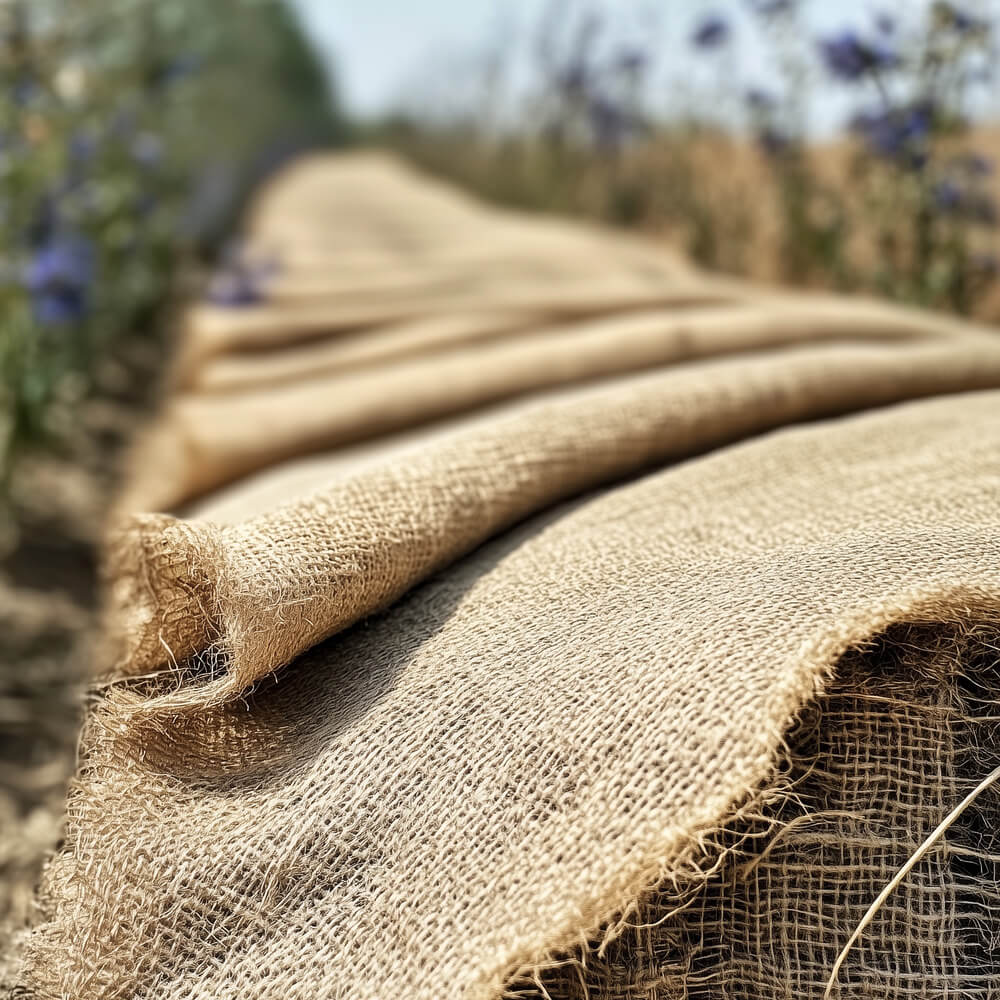Lithuanian Linen Traditions
Lithuanian Linen Traditions: A Heritage of Craftsmanship
Cultural heritage plays a significant role in the history of linen production in any country. Lithuania, because of its close relations with nature, craftsmanship, and sustainable lifestyle, is one of those countries with deeply rooted traditions in producing linen. This essay will outline the history, craftsmanship, cultural significance, and modern evolution that Lithuanian linen has been cast into.
Traditional Sources of Lithuanian Linen
The very first attempts at producing linen in Lithuania go back to very ancient times. According to archaeological findings, it was during the Bronze Age that flax cultivation and linen weaving appeared in the agrarian life structure of Lithuanians. The natural abundance of flax–a key raw material for linen-turned linen into an indispensable crop for rural economies. Already during the medieval period, Lithuanian linen had gained renown for its quality and became one of the highly valued exports all over Europe.
Flax Cultivation: The Beginning of Linen
Sowing flax is one of the most crucial moments in linen production and is closely related to the Lithuanian landscape and climate. The traditional preparation of the soil and sowing of flax seeds would take place in spring. Growth demanded waiting and care because flax is a very sensitive plant. After having been pulled out, flax needed intensive processing in order to separate the fibers for weaving.

Weaving and Handicrafts
Lithuanian linen weaving testifies to the artistic talent and diligence of its craftsmen. Traditionally, it has been women’s work in the countryside, passed on from generation to generation. Weavers used traditional wood frames and managed to weave unbelievably intricate patterns, durable fabrics, and often symbolic motifs like geometric shapes and nature-inspired designs. These patterns gave beauty not only to the fabric but also carried certain cultural and spiritual meanings.
Cultural Significance of Linen
In Lithuania, linen was more than a textile–it signified prosperity, purity, and social status. Linen garments were worn on festivals, wedding occasions, and other important events as reflections of the wearer’s wealth and skill. Items in a household like tablecloths or bedcovers were usually a part of the dowry of a bride and reflected the skills of her family by providing a continuing heritage within her new home.
Conclusion
It is a marvelous mixture of history, craftsmanship, and cultural weight that underlines Lithuanian linen traditions. Rooted in sustainability and enriched by centuries of skill, Lithuanian linen inspires people and flourishes in a world of globalization. As much as this fabric proves to be timeless, it changes and shifts with the times, symbolizing the engagement of Lithuania with its natural and cultural heritage.



